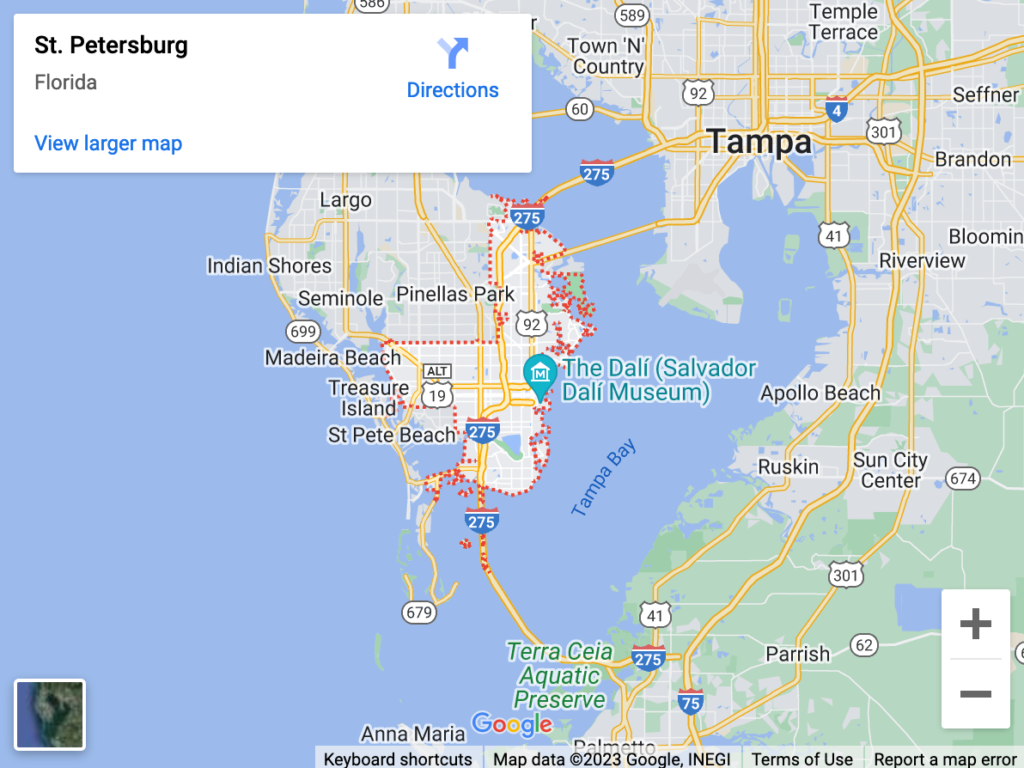The garage door is an often-overlooked aspect of home maintenance, despite it being an essential and frequently-used part of the household. It protects your vehicles and other stored items, provides a measure of security, and contributes to your home’s curb appeal. Proper maintenance of your garage door can prolong its lifespan, enhance safety, and prevent costly garage door repairs in St Petersburg, FL. This article will guide you through the essential steps to keep your garage door in optimum condition.
Inspection and Cleaning
Your garage door’s regular inspection is the cornerstone of a healthy maintenance routine. Look for signs of wear and tear on the springs, cables, rollers, pulleys, and other hardware. If you notice anything out of the ordinary like fraying cables or loose hardware, it’s time to call a professional.
Cleaning your garage door can help prolong its lifespan. For steel doors, use a mild detergent and sponge to clean the surface. Wooden doors can be wiped down with a dry cloth, and remember, never to use water on bare wood.
Lubrication
Lubrication is crucial for the moving parts of your garage door. Use a high-quality silicone or lithium spray lubricant on rollers, hinges, and springs at least twice a year. Avoid using WD-40 as it is a cleaner rather than a lubricant. Remember not to over-lubricate and to wipe away excess lubricant to prevent build-up.
Weatherstripping
Check the weatherstripping along the bottom of your door. If it is cracked or brittle, replace it right away to keep your garage protected from the elements.
Checking the Door Balance
An improperly balanced garage door can shorten the lifespan of your opener. To check, disconnect the opener by pulling the release handle (usually a red cord), then manually move the door about halfway up. If it doesn’t stay put, the counterweight system (springs) are improperly balanced. Spring adjustment is best left to the professionals.
Garage Door Opener
Don’t forget to inspect your garage door opener. It’s crucial to ensure that the automatic reversal feature and the photoelectric system work correctly. You can test the auto-reversal feature by placing a roll of paper towels under the door. If the door doesn’t reverse after contacting the roll, call a professional.
FAQ
Q: How often should I have my garage door serviced?
A: You should have a professional service your garage door annually, though some experts recommend a check-up twice a year, especially for older systems. Regular self-inspections and cleaning can be done every few months.
Q: How do I know if my garage door springs are broken?
A: Broken springs may make the door very hard to lift, or it may fall rapidly when you try to lower it. In some cases, the door may not open at all. If you suspect a broken spring, call a professional immediately and don’t attempt to open the door.
Q: How can I keep my garage door opener functioning well?
A: Regular testing and maintenance are key. Once a month, you should test the auto-reverse safety features. You should also ensure that the remote control is working correctly, and the door opens and closes fully.
Q: What kind of lubricant should I use for the garage door parts?
A: Use a high-quality silicone or lithium spray lubricant on the moving parts of your garage door. Don’t use WD-40, as it’s a cleaner, not a lubricant.
Q: What are the signs that I need a new garage door?
A: If your garage door has significant damage, operates inconsistently, or frequently needs repairs, it may be more cost-effective to replace it. If your door is old and lacks safety features, an upgrade could enhance your home’s security.
By following the recommended maintenance steps and consulting with professionals when necessary, you can ensure your garage door continues to function properly and safely for many years.
